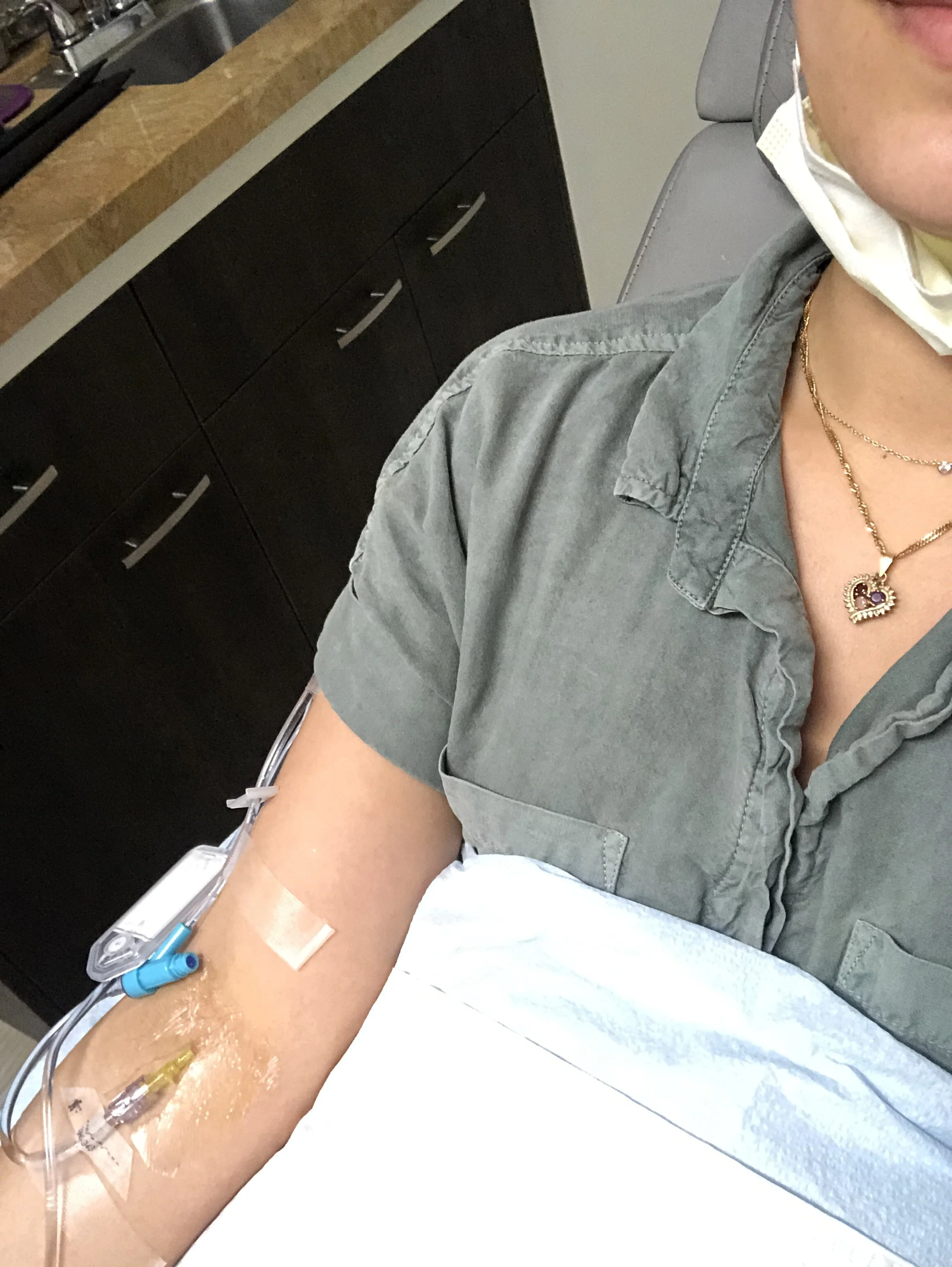Thyroid hormones are essential for brain development.
Thyroid hormones influence neurogenesis (neuron processing), neuronal migration (pathway of neurons from origin), neuronal and glial cell differentiation, myelination (formation of the myelin sheath), and synaptogenesis (formation of synapses). Thyroid hormones (which includes TSH, T4 and T3) are essential for brain maturation and functioning all throughout life. When someone has a thyroid dis-ease, the functioning of the brain is also affected and it can lead to a variety of clinical manifestations.
Hypothyroidism causes lethargy, hyporeflexia, poor motor coordination, bipolar affective disorders, depression, and loss of cognitive functions, especially in the elderly. It can also cause mood disorders, dementia, confusion, and personality changes.
Subclinical hypothyroidism is often associated with memory impairment
Hyperthyroidism causes anxiety, irritability, hyperreflexia, mood disorders, dementia, confusion, and personality changes. (NBK285549)
The good news is that most of these disorders are usually reversible with proper treatment and care.
When thinking about treating the thyroid, many mistakenly think to treat the thyroid first. What should be nurtured first, especially in the case of someone newly diagnosed, is the state of mental health and any neurological symptoms that person may be experiencing. This is one of the reasons why thyroid disease often goes undiagnosed, because if we’re looking at just the neurological symptoms without adequate lab work, someone could be categorized under a general category and not given the care they truly need.
If you are experiencing any of the above symptoms at minimum and have a history of thyroid disease on either side of your family, I urge you to ask your doctor to fun a full thyroid panel on you. A full thyroid panel includes:
TSH
Total T3
Total T4
Free T3
Free T4
Reverse T3
TBG (transporters)
TPOab (for Hashimotos antibodies)
TSI (for Graves’ antibodies)
Furthermore, if you have been diagnosed with thyroid disease and haven’t turned your attention towards nurturing your brain health, here is where you can start.
Ways to Holistically Support Your Brain Health
Nutrition
The foods you eat, play a large role in your brain health. Having a diet rich in fruits, vegetables, fish, nuts, healthy fats such as olive oil and avocados and a limit on red meat contributes to a healthy mind.
Movement
Your brain is a muscle, therefore practicing in movements to support this muscle is key to optimal brain health. Regular exercise increases the number of tiny blood vessels that bring oxygen-rich blood to regions of the brain that are responsible for thought. Exercise also helps to develop new nerve cells and increases the connections between synapses, brain cells. Aim to practice a form of movement daily, even if for 20 minutes a day. This can include walking, yoga, pilates, swimming, aerobic exercise such as tennis or dance. Find something that you love, practice a variety of movements and have fun with it.
Mental Stimulation
If you brain is a muscle, then you need to use it. Keeping your brain sharp and in shape helps stimulate new connections between nerve cells and may even help the brain generate new cells, developing neurological "plasticity. Challenge and activate your mind, any mentally stimulating activity will help to build up your brain. Reading, taking courses, word puzzles, drawing, painting and card games are all accessible ways. Challenging your mind may have short and long-term benefits for your brain.
Quality Sleep
Those with hyperthyroidism or hypothyroidism, often have trouble with sleep. Sleep plays an important role in brain health, with some theories stating that sleep can help clear abnormal proteins in your brain and consolidate memories, which boosts your overall memory and brain health. Aim to get 7 to 8 consecutive hours of sleep per night. Creating an evening ritual is just as important as a morning ritual. Use tools such as candles, essential oils, sound therapy and meditation to create a tranquil environment. Keep electronics away at minimum 30 minutes prior to sleeping and make sure your bedroom is cool, dark and comfortable.
Communication and Socialization
For those struggling with depression or anxiety especially, having a safe and supportive outlet is so important and vital for deep rooted healing. Having a support system that you can turn to as a sounding board and shoulder to lean on can do wonders for supporting the health of your mental landscape. If you feel that you need emotional and mental support beyond friends and family, seek professional help through therapy or coaching. As someone who suffered from debilitating anxiety for years, I wasn’t well until I dealt with the “stuff” going on up there *points to head*
Social interaction can also help ward off feelings of depression, anxiety and overall stress. Remaining socially active can help strengthen the health of your brain. Pursue activities that are meaningful to you - join a club, charity program, sign up for a class or simply share activities with friends and family.
Sources: Harvard Health, Alzheimer’s Association, MayoClinic





